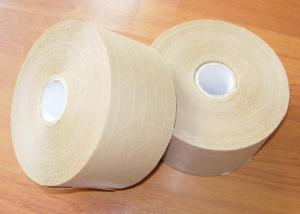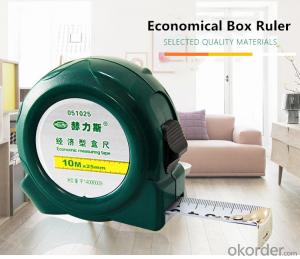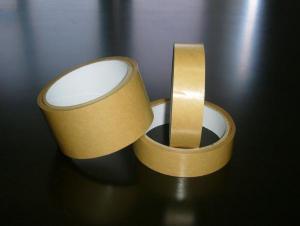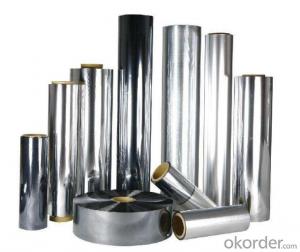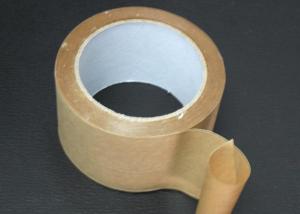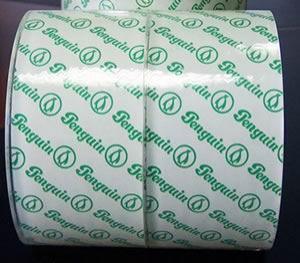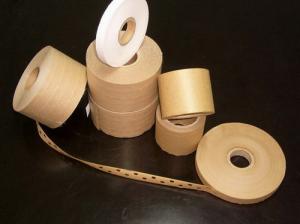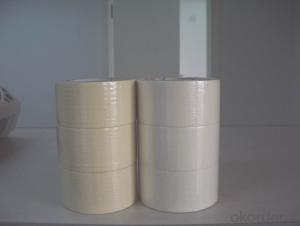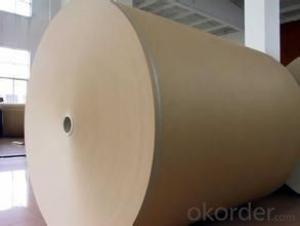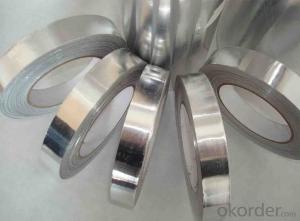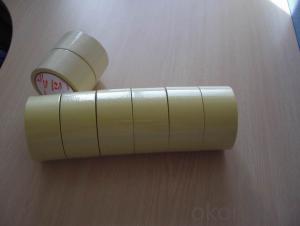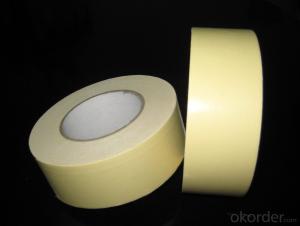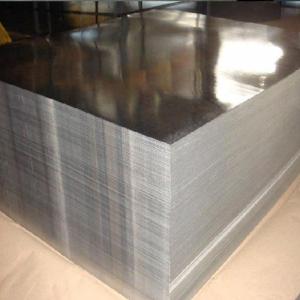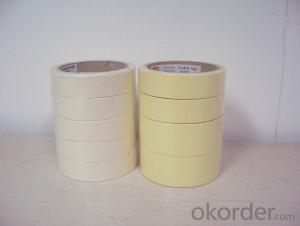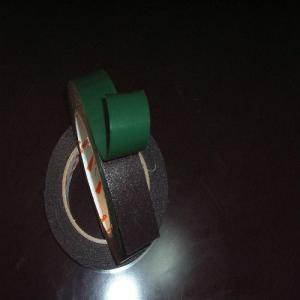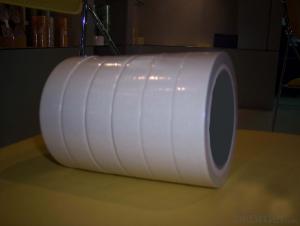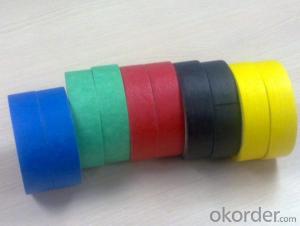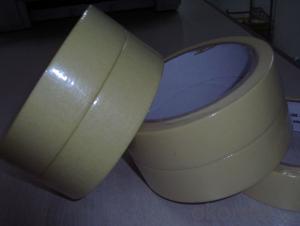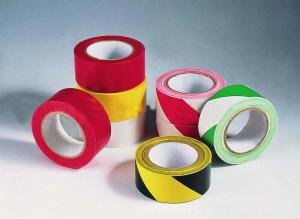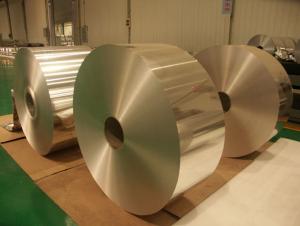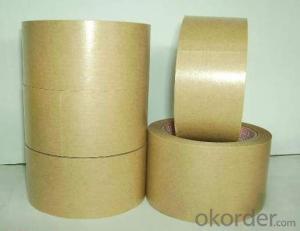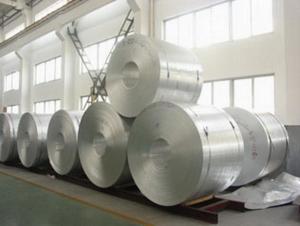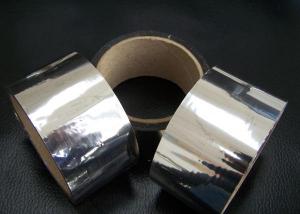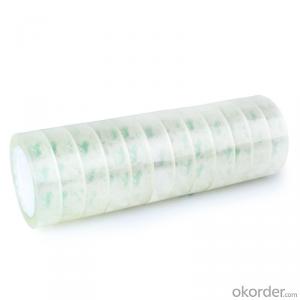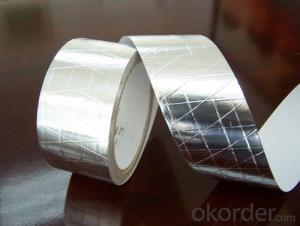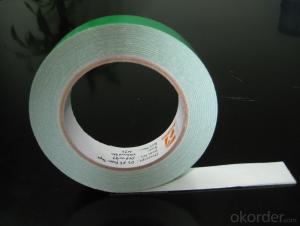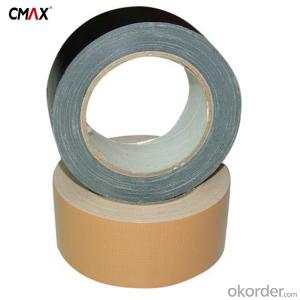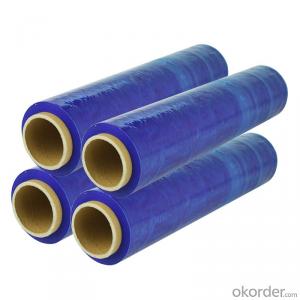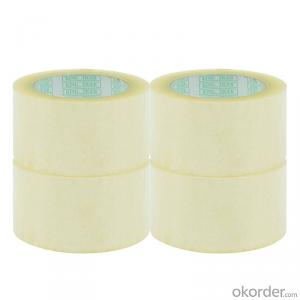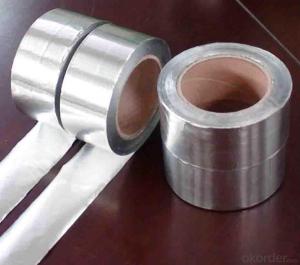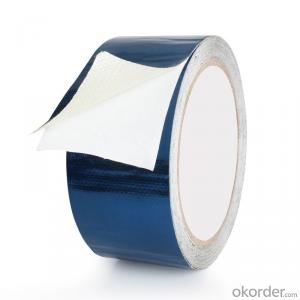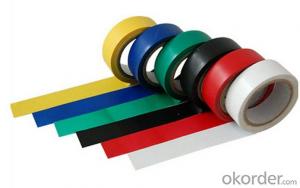Kraft Packaging Tape
Kraft Packaging Tape Related Searches
Stainless Steel Tape Measure Galvanized Steel Planter Box Stainless Steel Ruger Mini 14 Husky Stainless Steel Tool Box Kobalt Stainless Steel Tool Box Stainless Steel Bread Box Stainless Steel Litter Box Bento Box Stainless Steel Stainless Steel Ruler Copper Foil Tape Stained GlassHot Searches
Inverter Size For Solar System Solar Panel Inverter Size Cost Of Drywall Per Sheet Large Size Aluminum Foil Aluminum Foil Market Size Solar Inverter Market Size Solar Inverter Size Chart Solar Inverter Size 1 2 Inch Type X Drywall Cost Of Drywall 1 2 Type X Drywall Geomembrane Market Size Geogrid Aperture Size Drywall Corner Bead Types Mini Inverter With Battery Online ShoppingKraft Packaging Tape Supplier & Manufacturer from China
Okorder.com is a professional Kraft Packaging Tape supplier & manufacturer, offers integrated one-stop services including real-time quoting and online cargo tracking. We are funded by CNBM Group, a Fortune 500 enterprise and the largest Kraft Packaging Tape firm in China.Hot Products
FAQ
- The cost of packaging tape can vary depending on factors such as the brand, quantity, and type of tape. On average, a standard roll of packaging tape typically ranges from $2 to $5.
- Packaging tape generally does not perform well on low-friction surfaces. Low-friction surfaces, like smooth plastics or certain types of laminates, lack texture and adhesion, making it challenging for packaging tape to effectively stick and hold. The lack of friction allows the tape to easily slide or peel off the surface, compromising the integrity of the package. In such cases, it is advisable to use alternative methods like shrink wrapping, heat sealing, or adhesive sprays specifically designed for low-friction surfaces. These alternatives provide better adhesion and ensure the package remains securely sealed during handling and transportation.
- Sealing wooden crates can indeed be accomplished with packaging tape, which creates a sturdy and reliable bond. This ensures that the crate remains tightly sealed throughout transportation or storage. Packaging tape is specifically designed to adhere well to different surfaces, including wood, making it an excellent option for sealing wooden crates. Nevertheless, it's crucial to take into account the weight and dimensions of the crate before solely depending on packaging tape. In the case of heavier or larger crates, reinforcing the seal with supplementary methods like nails or screws may be necessary.
- Packaging tape typically does not have an expiration date. This is because packaging tape is usually made from durable materials such as polypropylene or PVC, which have a long shelf life and do not degrade easily over time. As long as the tape is stored in a cool, dry place, away from direct sunlight and extreme temperatures, it should remain effective for a long period. However, it is important to note that the adhesive on packaging tape may lose its stickiness over time, especially if it is exposed to heat or moisture. So, while packaging tape may not have an official expiration date, it is advisable to use it within a reasonable timeframe to ensure its adhesive properties are still intact.
- Yes, packaging tape is generally safe to use on plastic picture frames. It provides a secure and temporary hold without causing damage to the frame's surface. However, it is important to remove the tape carefully to avoid peeling off any paint or finish.
- Yes, packaging tape can certainly be used for other purposes beyond its primary use of sealing packages. Due to its strong adhesive properties and durability, it can be used for various other applications. One common alternative use of packaging tape is for organizing and bundling items together. Whether it's sorting cables and cords, securing loose items, or grouping similar items, packaging tape can effectively keep things neatly organized. It can also be used to secure items to walls or surfaces temporarily, such as posters or decorations, without causing any damage. Additionally, packaging tape can be utilized for crafting and DIY projects. Its adhesive nature makes it a great material for creating temporary or permanent bonds between different materials. It can be used to repair torn papers, create labels or tabs, or even make custom stickers. Its versatility and availability in different widths and lengths make it a handy tool for various creative endeavors. Moreover, packaging tape can be utilized for household fixes and repairs. From mending broken items to reinforcing weak joints, the strong adhesive properties of packaging tape can provide a quick and temporary solution. It can also be used to seal minor leaks or cracks temporarily until a proper repair can be made. In conclusion, while packaging tape is primarily designed for sealing packages, its strong adhesive properties and versatility make it suitable for various other purposes. Whether it's organizing, crafting, or quick fixes, packaging tape can be a useful tool to have on hand.
- Yes, packaging tape is generally resistant to UV rays. Most packaging tapes are made from materials like polypropylene or polyethylene, which have inherent resistance to UV radiation. This means that the tape can withstand exposure to sunlight and other sources of UV rays without deteriorating or losing its adhesive properties. However, it is important to note that prolonged exposure to UV rays can still cause some degradation over time. To ensure maximum longevity, it is recommended to store and use packaging tape in a cool, dry place away from direct sunlight whenever possible.
- Indeed, glass bottles can be sealed using packaging tape. Nevertheless, it is crucial to acknowledge that packaging tape is not explicitly crafted for the purpose of sealing glass bottles; hence, it may not offer the equivalent level of robustness and air-tightness as dedicated bottle sealing techniques. Moreover, the adhesive on packaging tape may fail to adhere effectively to glass surfaces, potentially resulting in leakage or breakage. To guarantee optimal outcomes, it is advisable to employ appropriate bottle sealing methods like cork stoppers, screw caps, or specialized bottle sealing tapes specifically designed for glass bottles.

